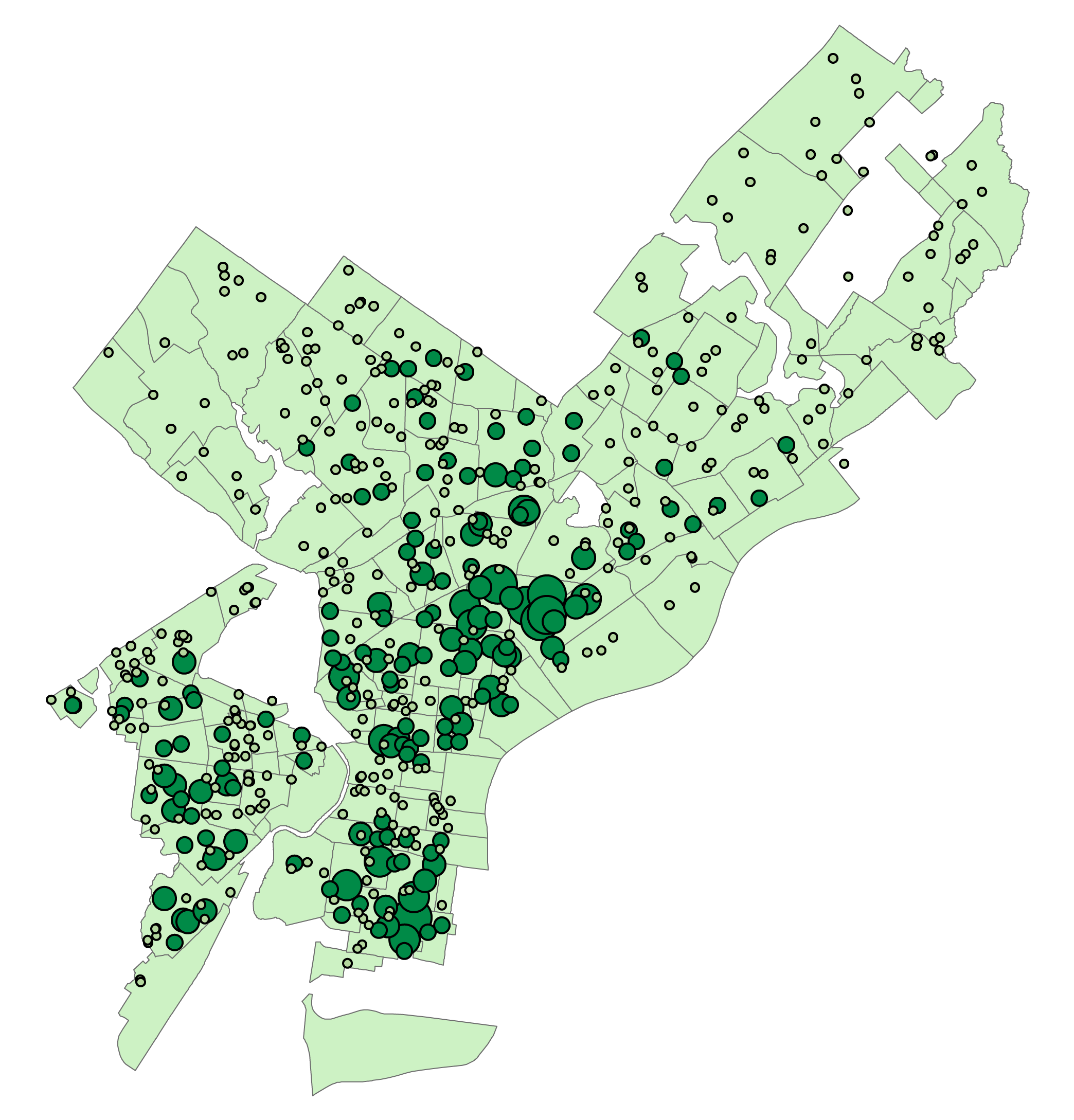Part 2: Creating a Classified map of the Colombian Wetlands using Keras and and Tensorflow
This is Part two of a report on a capstone project performed with Victor Gutierrez-Velez in the Remote Sensing and Sustainability Lab at Temple University. We will discuss our work expanding and customizing the model created by reachsumit in order to classify imagery of the Colombian wetlands obtained from Planet Labs.
Part One of this report provided an introductory tutorial on training and using a Deep Learning model to create a classified map using image segmentation.
